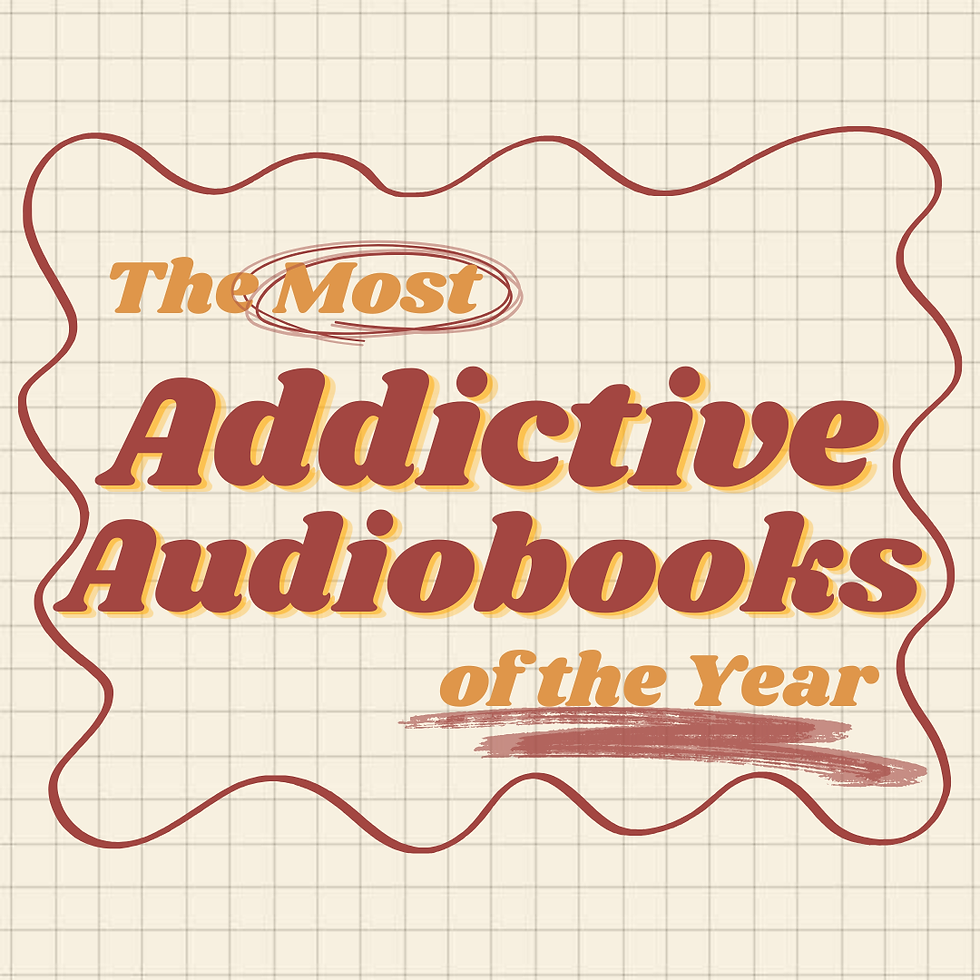The (Black) British Book Awards: What We Can Learn
- The Publishing Post

- Aug 15, 2020
- 3 min read
During this year’s British Book Awards, black authors and literature-enthusiasts took home six awards and two first-ever record-making wins: Book of the Year and Author of the Year. Yet, we must ask ourselves what these wins mean in today’s society, where COVID-ian inequalities and the Black Lives Matter movement have made the fight against racism a mainstream endeavour. From Candice Carty-Williams hypersexualised protagonist to Oyinkan Braithwaite’s genre-breaking crime novel, we will be discussing the cultural significance of these wins and if the celebration of black books will survive this current wave.
Debut and Book of the Year
Candice Carty-Williams’ Queenie follows Jamaican-British Queenie in her misadventures seeking love following the breakup from her white boyfriend, Tom. Though addressing the hypersexualisation of black women, the book does so by leaning into the Jezebel stereotype, with Queenie voluntarily endangering herself by partaking in promiscuous rendezvous’ with increasingly racist and abusive men, one of whom is married. The book ends on a somewhat hopeful note with Queenie finding support amongst her friends and as such is one of the novel’s positives. Despite potential improvements, we are still proud of Carty-Williams and look forward to seeing where her writing takes us. In addition to the number of diverse voices celebrated, we consider the quality of the messages they depart.
Fiction and Author of the Year
Bernardine Evaristo bagged a much-deserved win for the Fiction Book of the Year with her monumental novel Girl, Woman, Other. The novel critiques the falsehood of a universal black female experience, instead of exploring how it spans the spectrums of sexuality and politics. Evaristo’s other titles, like The Emperor’s Babe and Blonde Roots, are also more popular than they have ever been. After forty years of publishing with little popular success, it is incredible to see Evaristo’s genius finally recognised. But Evaristo’s trajectory evidences how the white reader’s preferences guide the mainstream publishing industry. It is not without reason that Girl, Woman, Other, a digestible novel providing brief glimpses into the lives of 12 mostly black British women, succeeded, whereas Evaristo’s historical fiction did not. In these, Evaristo reminds us of erased black history that predates the transatlantic slave trade which, until recently, did not really interest anyone but black people. Evaristo’s long-term publisher Hamish Hamilton admits that Girl, Woman, Other came just at “the right time”. We can’t help but wonder: the right time for who?
Crime & Thriller Book of the Year
My Sister, the Serial Killer, a debut novel by Oyinkan Braithwaite, was awarded Crime Book of the Year. The book opens with the main protagonist, Korede’s younger sister, Ayoola, killing her third boyfriend. Though the story is set in Lagos, the author does not overtly describe the cultural context, rather surrounds the reader with hints about the traffic, the rain and the slang. There are very morbid themes of severe physical domestic abuse and sexism. Police corruption is also shown. However, the author does not comment about these issues; rather, she uses them as part of character and plot building. Refreshingly, the book presents itself first and foremost as a gripping crime story with a central focus on the relationship between two sisters, showing that authors do not have to dumb down their content for the white gaze by explaining cultural context. This is a well-deserved win and an acknowledgement of black voices in varied genres.
Small Press of the Year
Jacaranda Books, a black-owned indie publishing press, was awarded Small Press of the Year. This acknowledgement and awarding of an entirely diverse small publisher is a necessary step for a disenfranchised community of workers who feel as though they may never be accepted into mainstream publishing. Publishing diverse topics by diverse authors is difficult when the target audience are middle-class white women, and the majority of publishing professionals are white women. Though many mainstream publishers have promised to be more inclusive, the industry has only become 3% more racially diverse. In the words of the editorial manager, Magdalene Abraha:
“if a small, independent publisher like Jacaranda can publish 20 black British writers in one year, then there is no reason why larger publishers cannot match that.”
It was truly inspiring to witness the tremendous work displayed by black individuals who have strived to achieve these accreditations, despite the many barriers that have been laid before them. However, the cultural implications of these wins suggest a wider issue within the mainstream publishing industry. We can only hope that this is the beginning of a large-scale change in attitudes towards diversity and inclusivity within the industry and not a token of placidity following recent events. There is still room for improvement, and we will stand by to see if those changes are made.








